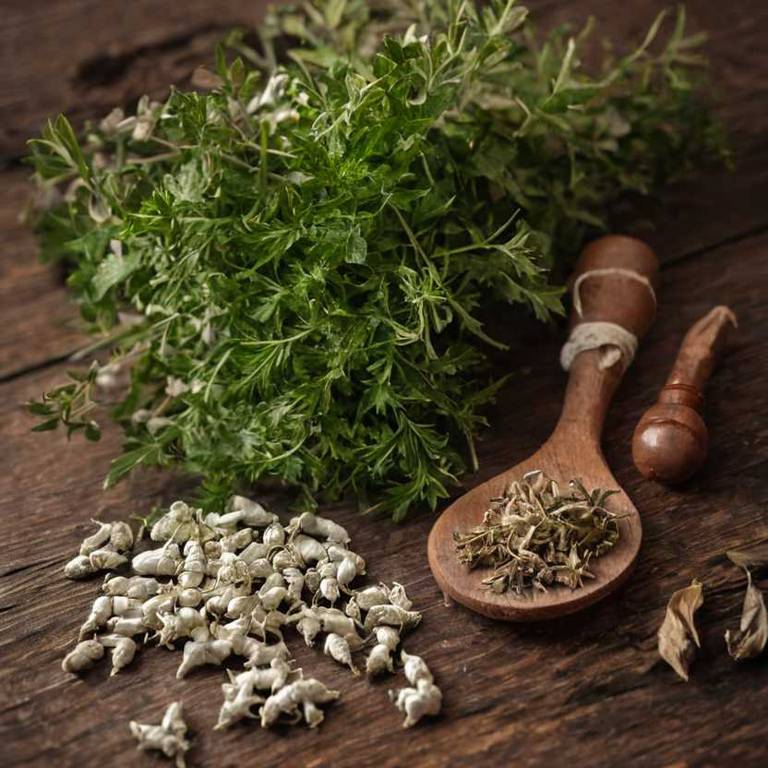By Leen Randell
Updated: Jul 07, 2024
What Are The Medicinal Properties Of Quercus Alba (White Oak)?

Quercus alba, also known as white oak, has health benefits such as reducing inflammation and improving cardiovascular health.
The medicinal constituents of Quercus alba include flavonoids, phenolic acids, and tannins, which contribute to its anti-inflammatory and antioxidant properties. The bark, leaves, and acorns can be used to prepare teas, tinctures, and infusions for medicinal use. While generally considered safe, possible side effects include gastrointestinal upset and allergic reactions.
Precautions include consulting a healthcare professional before using Quercus alba, especially for individuals with certain medical conditions.
This article explains the health benefits, active constituents, medicinal preparations, possible side effects, and precautions related to Quercus alba.
What are the health benefits of Quercus alba?
Quercus alba, also known as white oak, has health benefits such as reducing inflammation and improving cardiovascular health due to its high antioxidant content.
The bark and leaves of the tree are used in herbal medicine to support digestive health and lower cholesterol levels. The tannins in white oak are also believed to have antimicrobial properties, making it a natural remedy for certain infections and diseases.
Its extracts are also used in traditional medicine.
Here's a detailed article about the 10 health benefits of Quercus alba.
What are the active constituents of Quercus alba?
Quercus alba, also known as white oak, has active constituents such as flavonoids, including quercetin, and phenolic acids like gallic and ellagic acids.
These compounds have been found to exhibit antioxidant, anti-inflammatory, and antiviral properties, making white oak a valuable resource for traditional medicine.
Additionally, the tree's heartwood and bark are rich in tannins, which are believed to have astringent and antimicrobial effects.
Here's a detailed article about the 10 active constituents of Quercus alba.
What are the medicinal preparations of Quercus alba?
Quercus alba, also known as white oak, has medicinal preparations such as extracts, tinctures, and infused oils that are used to treat various health conditions.
The bark and leaves are rich in flavonoids and polyphenols, which are believed to have anti-inflammatory, antimicrobial, and antioxidant properties.
These preparations are used to alleviate symptoms of fever, arthritis, and digestive issues, and are also used as a natural antiseptic and anti-inflammatory agent.
Here's a detailed article about the 10 medicinal preparations of Quercus alba.
What are the possible side effect of using Quercus alba improperly?
Improper use of Quercus alba, also known as white oak, increases the chances of experiencing side effects such as gastrointestinal issues, including nausea, diarrhea, and stomach pain.
Allergic reactions, including itching, hives, and swelling, are also possible. Interactions with medications like blood thinners and diabetes medications may occur.
High doses can lead to dizziness, headaches, and fatigue, emphasizing the importance of consulting a healthcare professional before using Quercus alba.
Here's a detailed article about the 10 most common side effects of Quercus alba.
What precautions to take when using Quercus alba medicinally?
Before using Quercus alba, also known as white oak, for medicinal purposes, you must take precautions such as consulting a healthcare professional to determine safe dosages and interactions with other medications.
Be aware that white oak bark and leaves can be toxic in large quantities, and internal consumption may cause gastrointestinal issues.
Avoid using it during pregnancy or breastfeeding, and be cautious when using it with blood-thinning medications or other herbal supplements.
Here's a detailed article about 10 precautions to take when using Quercus alba.